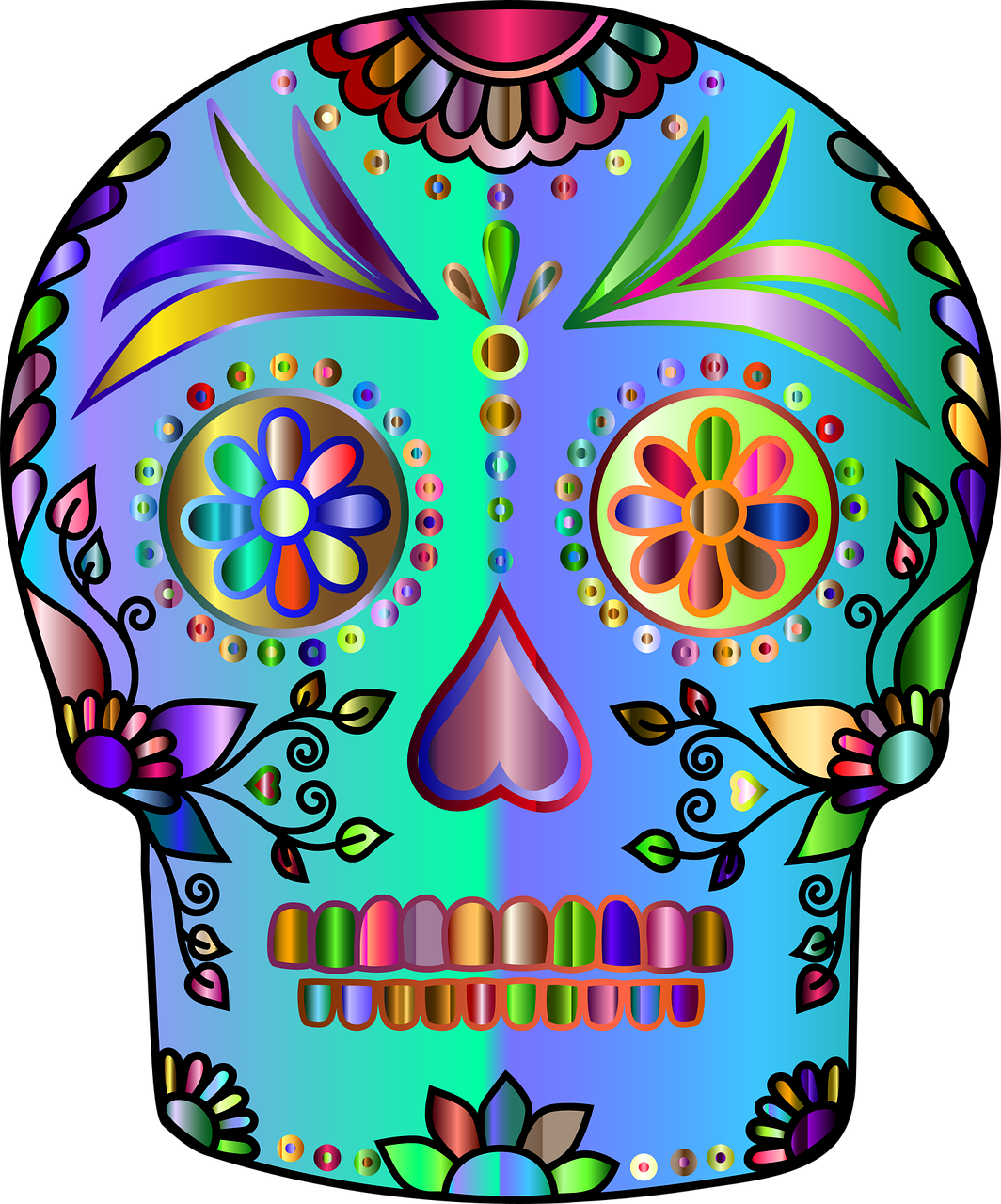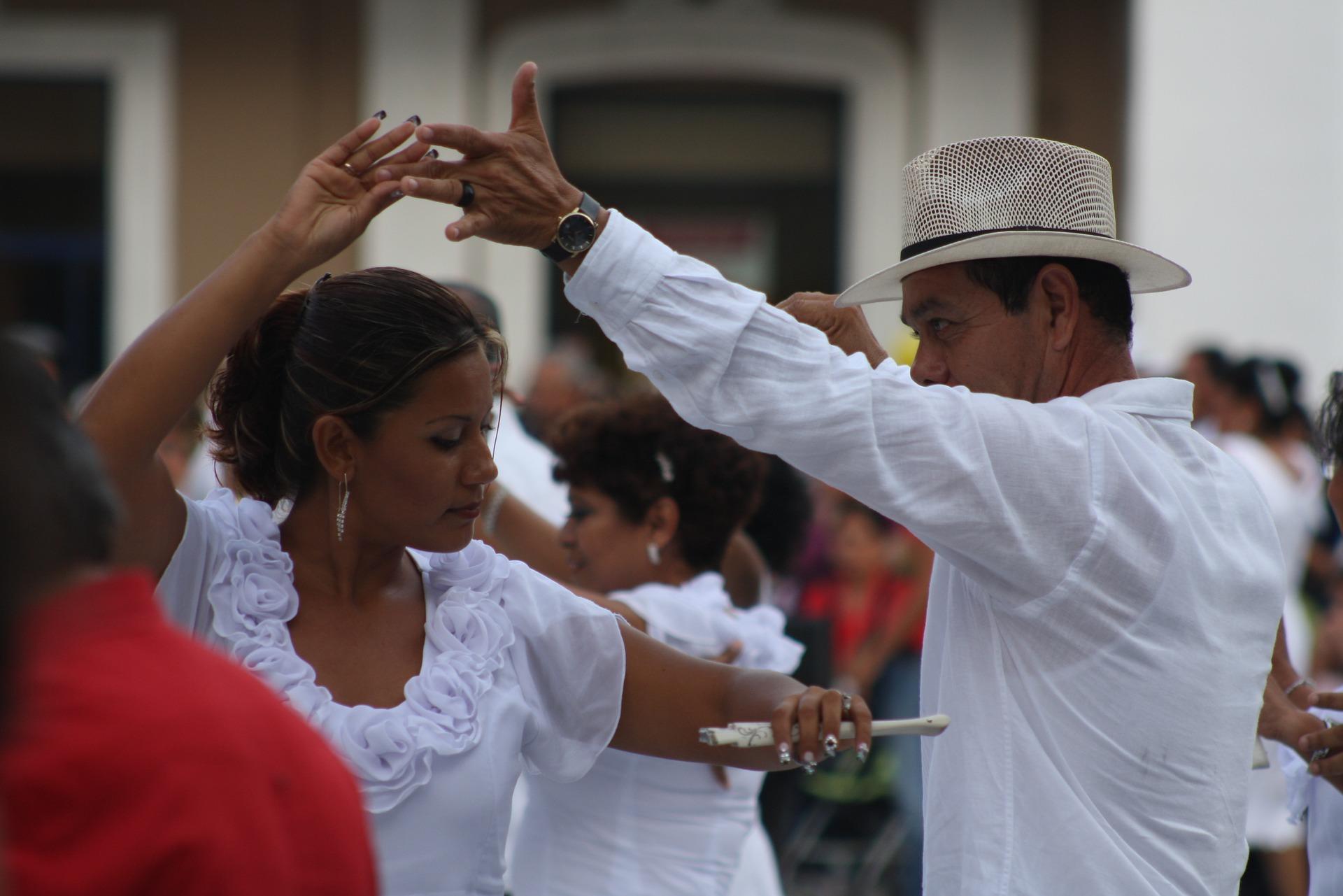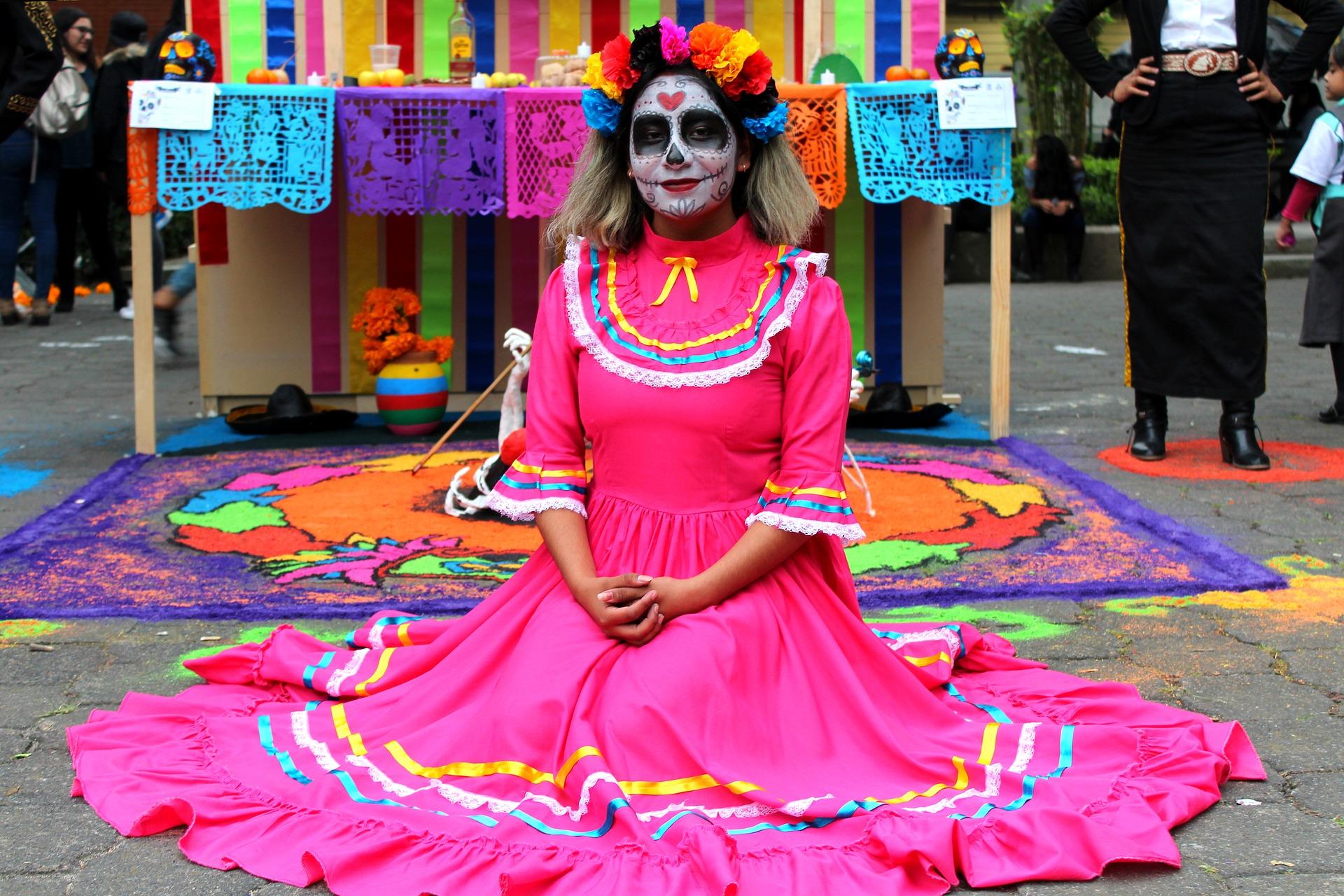Passing NCEA Spanish doesn’t require you to be able to communicate fluently in Spanish. Knowing how the language works and the key vocabulary will allow you to decode enough Spanish to get you through. So, how should you revise to ensure that you are getting the most out of your study sessions to pass with Excellence, and preferably improve your fluency along the way?

How to memorise Spanish vocabulary
The first thing you need to know is develop your Spanish vocabulary. It doesn’t matter if you are studying level 1 Spanish or Level 3, each class is provided a list of vocabulary words that will be used throughout the year. At level 1 the vocabulary list is the largest, so there is a lot of memorise. However, most of the words you will learn are going to help you form a sentence.
Think about saying “Hello, my name is John Smith. I am a student at SuperProf Highschool, and I am learning Spanish”. That’s 15 new vocabulary words you have just mastered.
So, one of the key things to mastering a new language is to use it wherever you can. For many people this means post it notes of key phrases all over the house. You could put “I am brushing my teeth” in the bathroom. But when you look at the note, think: should this be “me estoy limpiando los dientes” or “me estoy lavando los dientes”? Question the knowledge you have and create more dialogue. What colour is your toothbrush “my toothbrush is green” or think “this water is cold”.
Using as many simple sentences as you can, as often as you can, helps you to improve your understanding.

The Hard Bits of Mastering Spanish
In New Zealand we generally haven’t spent a lot of time learning about sentence structure. Unfortunately, this means that when we start to learn a new language, words like “conjugate the verb”, “verb tenses”, and “grammatical order” can be the first stumbling block.
The New Zealand Ministry of Education provides a lot of resources to help you learn English grammar on their Literacy Online website. However, the most efficient option will be to hire a Spanish tutor who can walk you through what grammar is, and how it works when learning Spanish. An experienced tutor who is able to help you understand NCEA requirements would be wonderful, but if you can get your head around grammar in term 1 then you will find the rest of your year going so much easier.
What is Spanish Conjugation?
We use conjugation in English, but we just “do it” without really thinking, because most of us don’t really remember learning to read. However, every time we add -ing or -ed to a word, we are conjugating a verb. The big difference is that we don’t have gendered words (except for those referring to a gender). Just as you once had to learn “go, going, gone” and “stop, stopping, stopped”, so you will have to learn the Spanish equivalents. There are no easy shortcuts, it’s just going to be a case of use them, practice them, memorise them with repletion.


Using online resources
Because NCEA Spanish has a set structure, and your Spanish teacher will have the whole year’s curriculum planned out to ensure you progress easily, it is best not to confuse yourself by adding learning apps such as Memrise or Duolingo to your revision schedule (unless your teacher thinks it will be helpful).
However, there are a range of flash card apps and websites such as Quizlet that can be incredibly useful – either through studying a Spanish vocabulary set that someone else has put up, or creating your own.
In addition, don’t forget that you have access to a wealth of free eBooks, blogposts, YouTube videos, music, and audio books in Spanish. To improve your listening comprehension, find one, and put it on repeat until you can hear the different words – and maybe even be able to understand what you are hearing. If you are watching videos, try to find ones that are in original Spanish rather than dubbed, as studies have shown that we do learn a lot by watching the facial movements when we are learning a language.

Learning Spanish in a cultural context
This also ties in with where you source your Spanish resources from! Think about if you were learning English, and you were watching a show where teenagers when to the beach. Depending on the show was made you might hear the word “jandal”, “flip-flop”, or “thong”. While this is a really simplistic example of how language and culture can not be separated, as you study Spanish you will find yourself thinking on how the words you use change as you move around the world.
Think about the English phrase “not my cup of tea”, which is comparable to the Spanish phrase “No es santo de my devoción” (not my saint of devotion). What cultural differences could this show?
Learning another language is also about learning how that language creates cultural values. While in English you say “goodbye” to leave, in te reo Maōri you might use e noho rā if you are leaving (don’t get up), or haere rā if the other person is leaving.
The NZ curriculum tries to reflect the importance of understanding language within cultural context, so you will find yourself thinking about your own values and attitudes and comparing them to those of Spanish speaking areas.
don’t stress about learning the vocabulary, find ways to use it in context to make it easier.

Finding Spanish language resources
Other than searching the internet, your Spanish teacher will likely be able to point you in the direction of some great resources. Your local public library will have Spanish language books, and if you talk to your school librarian they may have resources as well. In a perfect world you will find audio books with a matching text so you can read along as you listen.
There are also the resources provided by NZQA and the NZ Ministry of Education. You can find:
Previous Exams
Exams from prior years for each level of NCEA Spanish, are freely available on the NZQA website. These include the audio recordings that were used in aural testing, as well as the written exams.
TKI (Te Kete Ipurangi) Resources
TKI is the official MoE website and includes information for all NZ Curriculum subjects. As such, it can be a little overwhelming to navigate. So, here is the list of free NCEA Spanish resources that the NZ government suggests could be useful.
Spanish exemplars
Also available from the NZQA website are a selection of Spanish papers that have been completed, marked and graded. Looking through the exemplars can be a great way to see what assessors are looking for, but don’t get bogged down by trying to find tricks. Having a solid understanding of Spanish will provide a much higher grade than trying to find the easiest way to pass an exam.
National Moderator's Report
Another NZQA resource aimed at teachers but very useful for students, particularly if you are working with a Spanish tutor. Each year an assessor provides trends that they have noticed with the idea that Spanish teachers can continue to improve their teaching. For example, the report from 2022 notes that students often have too much evidence, go over word counts, or take too long to deliver a presentation, and would be better to spend time working on creating a concise presentation.

Talking your way to fluency
While New Zealand English is one of the faster dialects of English in the world, it is still slower than the nearly 8 syllables per second that Spanish is spoken at, which can feel overwhelming and intimidating for language learners. However, as with anything new, the more you practice the faster you will get.
In the very early stages focus on accurate pronunciation. While your English skills are strong enough to pick up the difference between words like “off” and “of” (which Kiwi speakers often merge) by the context, by ensuring that you use correct pronunciation when you are speaking you are training your ear to be able to hear the difference. Think of the weather patterns El Niño and La Niña, which are completely opposite words but often mixed up by non-Spanish speakers.
The more you talk, the more comfortable you will become with Spanish – and the better you will hear distinct words. Learn all the words to your favourite song (preferably one that articulates well), recite a favourite poem, read comic books aloud, or just mutter to yourself under your breath.
Language is communication. You are communicating your ideas, your thoughts, even your annoyances. Whether you are communicating with yourself, to your family, arguing with the TV or having a discussion with your Spanish tutor, being able to write notes and share your day with Spanish speakers around the world is the goal. From being able to introduce yourself to holding an in-depth conversation on your favourite topic is not something that will happen in a term – but you will be surprised how studying effectively will see you obtain a better fluency by the end of NCEA Spanish Level 3.















